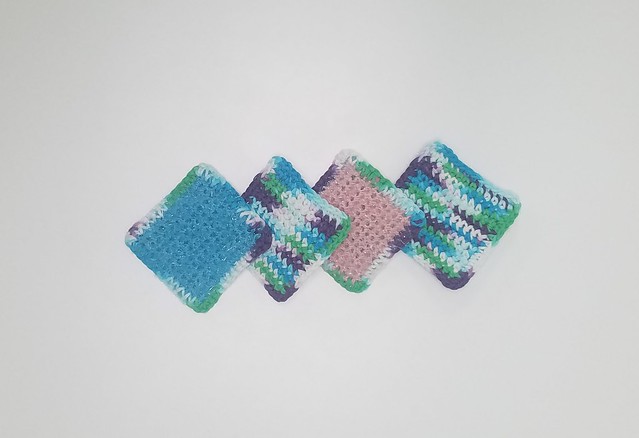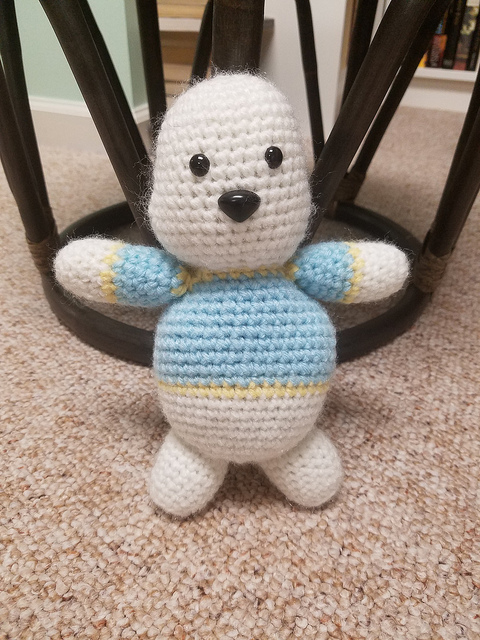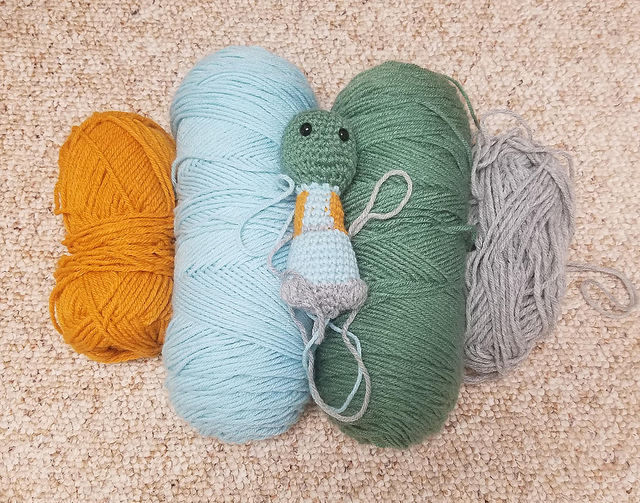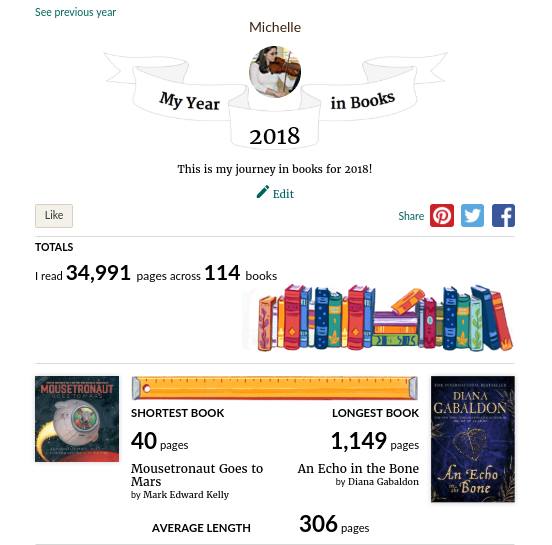Aside from responding to comments here and there, I’ve had to back away from this blog and what I hoped to accomplish here. What I’ve realized over the past few years is that many of my goals have been based on what I’ve felt like I should be doing instead of what I’m truly passionate about. I’ve prioritized my career over what keeps me whole, so I’ve been working on balance. Earlier this year, I promised myself that I would prioritize music, which has resulted in many opportunities and positive changes.
I’m also rethinking how I want to use this space. Am I really a craft blogger? Probably not. Do I enjoy writing patterns? Not so much. What I do love is writing, so you may see more of my random thoughts, proud moments from my classroom, and book reviews here and there.
As I reflect on how the past few years have changed me, I find myself returning to “Going Slightly Mad.” It’s one of my favorite Queen songs, and in college I joked that it was my theme song. At the time, I didn’t have the words to express what I was facing with my mental health, and the lyrics fit how I was feeling. The song is somewhere between calm and upbeat, which was how I felt pressured to be all the time, even though that’s not how I felt inside. Right now it fits because I’m focusing on facing my fear of putting myself out there. Of making significant changes in my life and taking risks. Of trusting myself and my judgment. Some of what I plan to do may seem like madness to people who’ve known me, but I can’t let that hold me back. I can’t let fear of failure or judgment keep me from achieving my goals.
I know what I want my life to look like, I have so much support from those I love, and I’m excited to get started.















